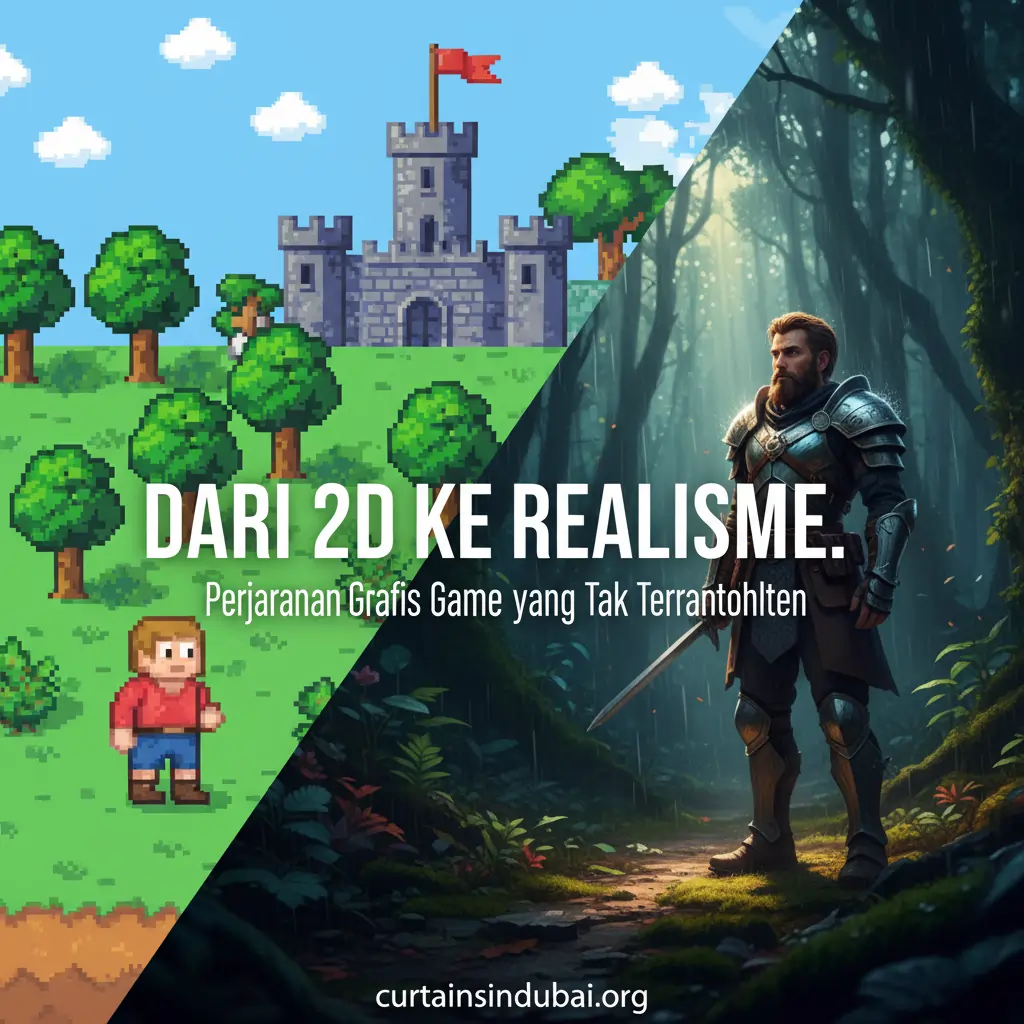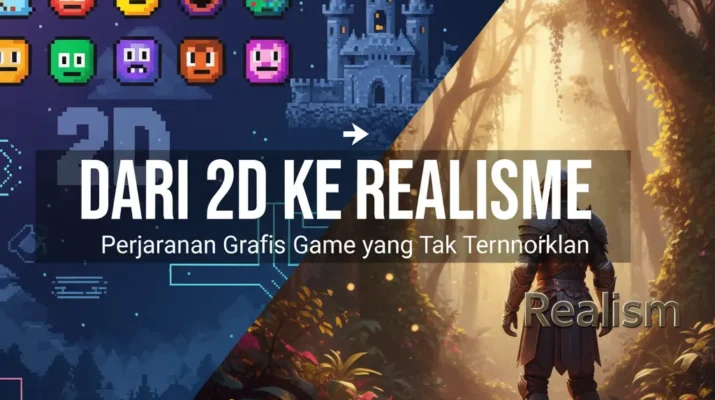The evolution of video game graphics is a fascinating story. What started as simple pixels and blocky shapes has transformed into highly detailed, lifelike worlds. This journey is a testament to the relentless innovation of engineers and artists. Over just a few decades, we’ve gone from the flat, two-dimensional planes of early arcade games to immersive, cinematic experiences that blur the line between virtual and real. The pursuit of realism is a driving force behind this progress, pushing technology to new heights with every console generation and every new game engine.
The Birth of 3D and the Polygon Revolution

Early video games were almost exclusively 2D, with sprites creating characters and objects. The shift to 3D was a monumental change. It began in the early 1990s with the rise of dedicated graphics hardware in arcade machines and home consoles. Games like Virtua Fighter and Tekken introduced polygons—simple geometric shapes—to create three-dimensional models. These early 3D worlds were blocky and low-resolution, but they offered a sense of depth and space that was completely new. This era set the stage for everything that came after.
The Growing Complexity of Polygons
As technology improved, so did the number of polygons developers could render. The PlayStation and Nintendo 64 pushed this technology forward, leading to games like Super Mario 64 and Final Fantasy VII. Over time, polygons became smaller and more numerous, allowing for more detailed and curved surfaces. This made characters and environments look smoother and more natural. However, the models still lacked texture and advanced lighting, which kept them from looking truly realistic. This limitation led developers to seek new ways to bring their virtual worlds to life.
Lighting, Textures, and the Pursuit of Detail
The next major leap came with more advanced texture mapping and lighting techniques. By the early 2000s, consoles like the PlayStation 2 and the first Xbox could apply high-resolution textures to models, giving them intricate details like fabric on a character’s clothes or rust on a metal surface. Simultaneously, developers began using advanced lighting models. Shadows became more dynamic, and light could bounce and reflect off surfaces in a more realistic way. This shift moved game graphics from simple models to textured, lit environments that felt more tangible.
The Age of Shader Technology Game Graphics
The introduction of programmable shaders was another key breakthrough. Shaders are small programs that control how light interacts with surfaces. They allowed developers to create incredibly realistic effects like water ripples, realistic skin textures, and reflective surfaces. Games like Crysis became famous for their groundbreaking graphics, thanks to the power of advanced shaders. This era proved that rendering was not just about more polygons, but about making those polygons look and behave like real-world materials. This led us to the modern era of photorealism.
“The true magic of game graphics isn’t just in raw power. It’s in the artistry of light and shadow, the careful rendering of a single strand of hair, and the way a virtual world feels alive because of it.”
The Era of Photorealism and Global Illumination
Today’s consoles and high-end PCs have pushed graphics to new frontiers. The current generation focuses heavily on photorealism. Technologies like ray tracing simulate the way light bounces around a scene in real time, creating incredibly accurate reflections, shadows, and global illumination. The result is a level of realism that was once only possible in pre-rendered movie scenes. Modern game engines, like Unreal Engine 5, have also simplified the process, allowing artists to create highly detailed, realistic worlds with incredible speed.
The Future of Visuals and Immersion
The quest for realism won’t stop here. The next steps involve even more advanced physics, more realistic character animation, and the integration of artificial intelligence to create truly dynamic and believable worlds. We are on the cusp of a time when the virtual will be nearly indistinguishable from reality. This progress is not just about making games look pretty. It’s about creating a deeper connection between the player and the game world, pulling them into a story and an experience that feels completely real. The journey from those first simple pixels to the breathtaking worlds we have today has been a long one, and it’s far from over.
